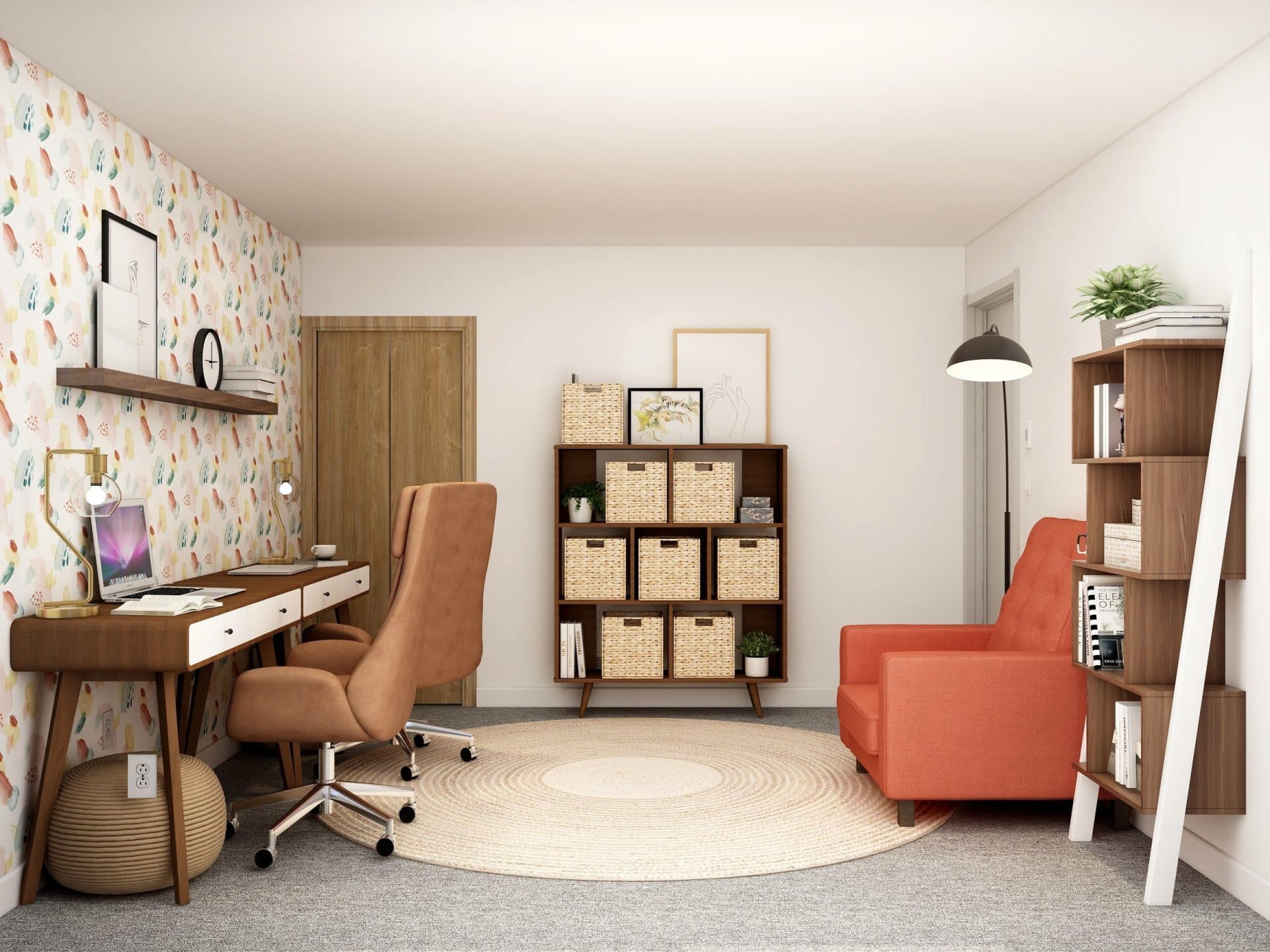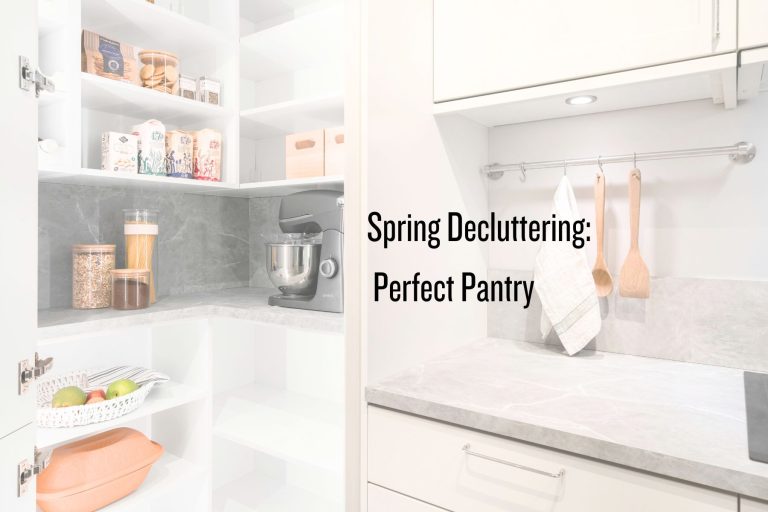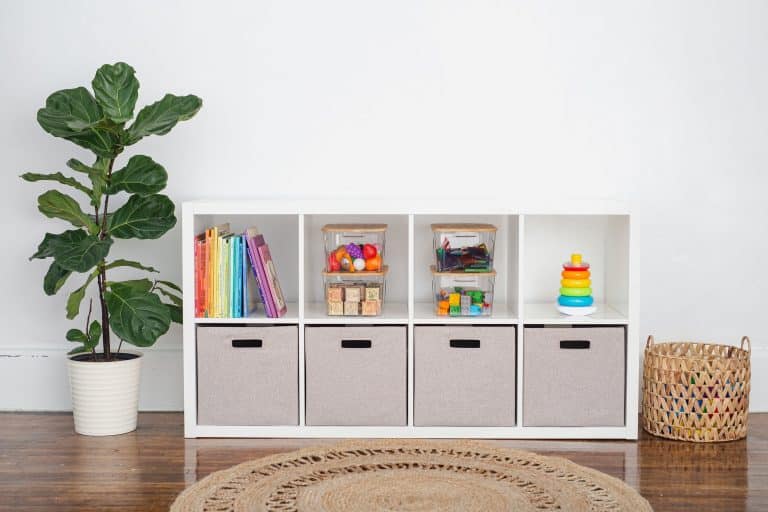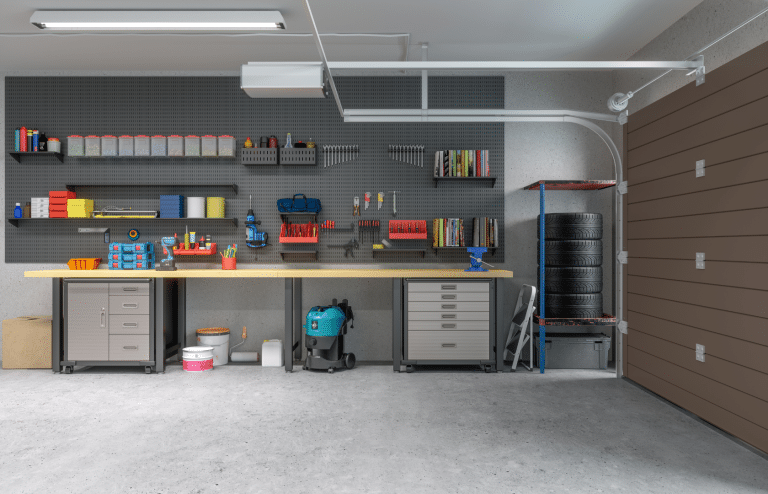A Hard Working Home Office
As an Amazon Associate and member of other affiliate programs, I earn from qualifying purchases.
The role of the Home Office was elevated to new heights in 2020 as everyone was sent home from work. In the subsequent two years it hasn’t lost any of its relevancy as most people spend at least one day a week working from home. An office is the perfect example of a space that needs to be both functional and inspiring, a tricky balance that is not achieved without some thought and effort. Layout, furniture choices, storage for resources and supplies and room to display personal items all deserve consideration in the design.
If your Home Office needs an organizational reboot, below are the most common elements that ground the design and how to think about them. As always, begin with some decluttering before designing. This way you can clearly see your highest priority categories and how much space your will need to house and organize them in a way that balances ease-of-use with visual appeal.
work space
Your work surface is arguably the most important element in your office. My recommendation is always to keep the surface itself clear of clutter, this is especially true if multiple people are using the same space. A clear work surface means the only things on the desktop should be your laptop, monitor(s) and a keyboard. Everything else (printers, scanners, modems, etc. need to have a home within proximity to the work surface, ideally at the same height as the desk and within easy reach. Figuring out this layout is your first order of business and should drive which wall your work surface is grounded to as well as any accompanying furniture decisions.
resources
What are the resources in your office? In most cases they are books and important paperwork. I use the word resources when discussing them because they should be important and relevant to the work happening in the office. In my office I keep my collection of books that are relevant to my business; books related to organizing, home design, mindset and leadership. I reference these books often in my writing and in my work with clients – it’s handy to have them close where I can easily grab them so I have separated them from the rest of my book collection.
Files house important paperwork. Files are kind of a pain to access. Your office likely has more files than are needed because almost all important paperwork can be accessed online these days. This is the most important category to address in your pre-design decluttering phase. If your don’t declutter your files you will be taking up valuable real estate that could be used to house computer-adjacent technology, thin out a crowded furniture layout or display something that inspires you or reminds you of something/someone you love. In my office there is one locked file drawer with important documents like Birth Certificates, Car Titles and documents related to (current) real estate transactions. My company is relatively new so almost everything important related to the business has a digital home and doesn’t take up physical space in the room.
Incorporating shelving and (small) filing capacity into your furniture choices will easily ground this category and keep your resources organized, close at hand and ready to serve you in your work.
supplies
Everything from printer paper to correspondence to pens, post-its, charging cords and ink cartridges all fall under the Supplies category. You may have some additional supply items, depending on the nature of your business – regardless it’s good to think through where they are going to live (not on your work surface!)
Depending on how many supplies you use in your work you may have one or two designated homes for them. Desk drawers work nicely for the things you need at-hand like writing utensils and post-its. If you have capacity in your desk drawers you can house all supplies in them. If your desk is more streamlined in design then find a secondary home for supplies like printer paper, ink cartridges and charging cords that are used on occasion, an ideal spot is wherever your printer lives.
When selecting functional furniture for an office I like a balance of open shelving and closed cabinetry or drawers; supplies are best housed in a drawer or behind a closed cabinet while open shelves are best for books, photos and personal items.
memorabilia
An accidental role many home offices take on is dumping ground for mementos, memorabilia and miscellaneous items that don’t have an obvious home somewhere else. When first approaching a Home Office organization project many clients’ instinct is to find another place to store items in this category. I actually lean into the idea of a Home Office as home to our sentimental possessions; it’s the perfect way to personalize a work space, display things that inspire positive thoughts and memories and balance out the ‘all-business’ vibe that most offices tend to have.
This is where open shelves come in. My wedding album lives on my bookshelf. I use awards from my Nordstrom career as bookends. I have one shelf that houses some my favorite framed family photos. You can use matching decorative document boxes to keep old letters & cards, photos and mementos. Label the boxes and then your memories are easily accessible and available whenever you are in the mood to visit them. Plus they look great on the shelves.
Most people keep their memories buried in a basement or attic. I encourage you to make space to intentionally house the things that you’ve kept for a reason and use them to make your Home Office a reflection of you!
Rebooting the work space in your home is a worthwhile investment. You will feel the positive difference in your work and your mindset when the project is complete. If you have a home office in need of transformation and would like some help reimagining the space, please click below to schedule a complimentary phone consult – I’d love to hear all about it!












Method Seattle Comment Policy
We welcome relevant and respectful comments. Off-topic comments may be removed.